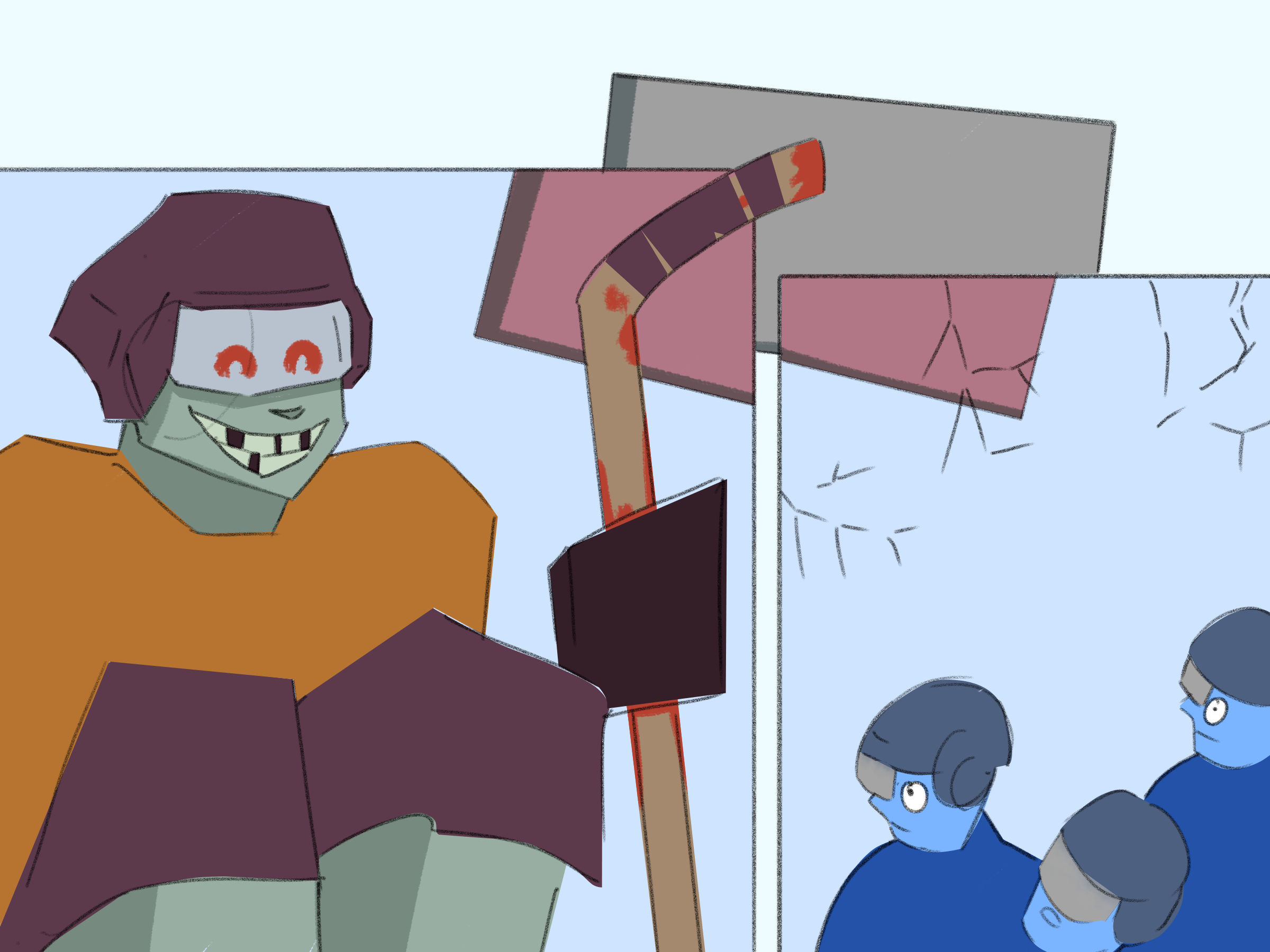The role of the enforcer in the NHL has changed throughout the years.
Once upon a time, NHL teams took great pride in having a tough fighter on their roster. These intimidating figures, known as enforcers, were not necessarily the most skilled players, but were physically imposing competitors who would stand up for their teams and fight.
For many years, enforcers played a crucial role in the sport by protecting the team’s best players and spending a lot of time in the penalty box as a welcomed consequence. Having a tough guy would boost the morale of the team, and give teammates confidence while offering a sense of safety by not hesitating to get their hands dirty.
With time, the game of hockey changed, as well as the role of the enforcer. Following the 2004-05 NHL lockout, teams began to search for more complete players, who were faster and displayed more skills. Nowadays, teams are leaning away from having that one-dimensional fighter, opting to instead use their cap space for players who can add to the scoresheet.
TSN’s Calgary Flames reporter and Concordia University journalism alumni Salim Valji said having someone whose sole purpose is to fight is not needed to win in today’s game.
“The game doesn’t revolve around fighting quite the same way as, say, 20 years ago. I think that you need players who have some skill but are also able to be physical and occasionally fight. So the enforcer role isn’t as common, instead it’s hybrid players like Tom Wilson, who can impact a game on the scoresheet in addition to bringing extra physicality, that are seen today,” he explained.
It’s no secret that the Montreal Canadiens, last season’s Stanley Cup finalists who fell to the Tampa Bay Lightning in five games, have been struggling this season. Despite the underwhelming season, Valji said the Habs should emphasize building a winning culture instead of looking to toughen up the roster.
“I don’t think that would make a real difference for a team like the Montreal Canadiens, since they are clearly going through a rebuild. Instead, they should bring in veterans who work hard, are good professionals, and can mentor and guide the young players,” Valji said.
With the evolution of the role in modern hockey where fighting has become more frowned upon in today’s day and age, Valji doesn’t think that the evolution of the role takes away from the fans. “Everything in life changes and evolves. The game is faster, more skilled, and more creative than a few years ago — and I think that’s a great thing. And who knows, maybe in five seasons it reverts back.”
While old-school enforcers are few and far between in the NHL today, Valji said the player archetype is not yet extinct.
“I think there are still a few old school enforcers […] Nicolas Deslauriers of the Anaheim Ducks comes to mind. He plays on their fourth line, stands up for teammates, and is really well liked by the organization. Zach MacEwen is another one whose job description is just to be physical and fight. There are far fewer enforcers now than 10 years ago, but some are still around.”
Over time, hockey has certainly changed, but enforcers continue to impact the game. As time goes on, we’ll see how the game continues to evolve, and whether there’s a potential resurgence with enforcers down the line.
Graphic by James Fay




